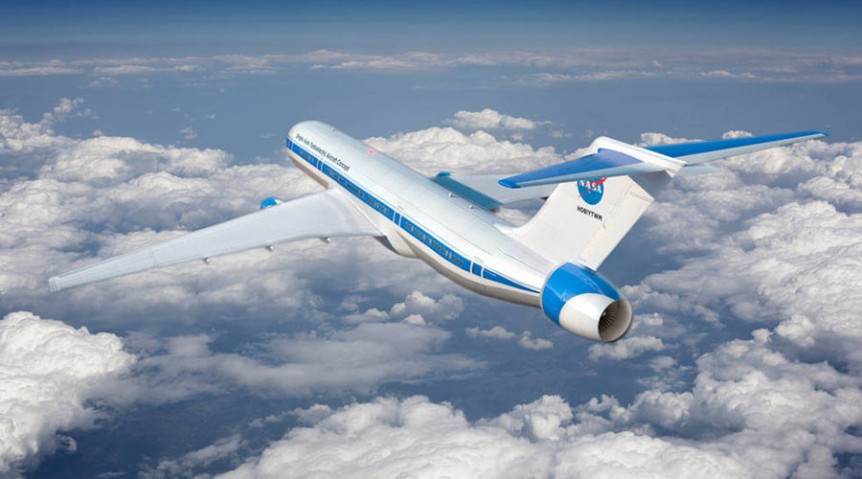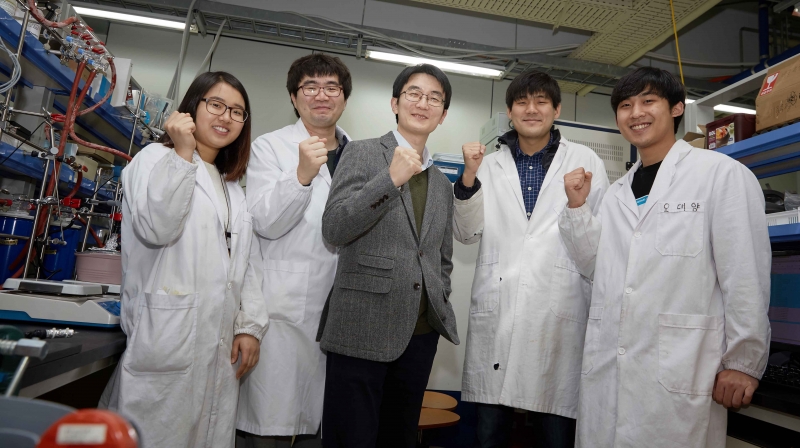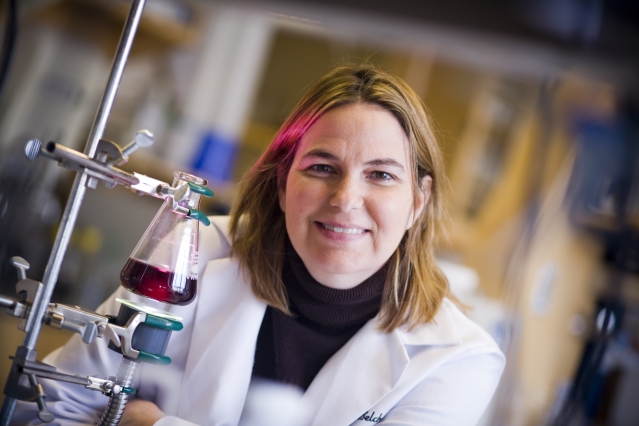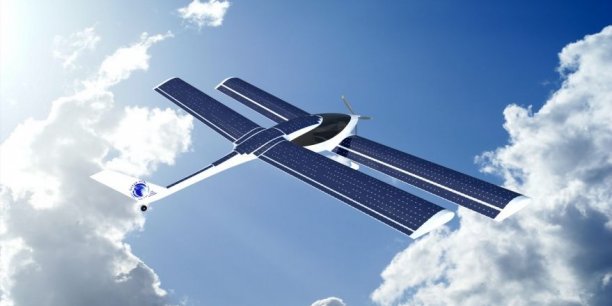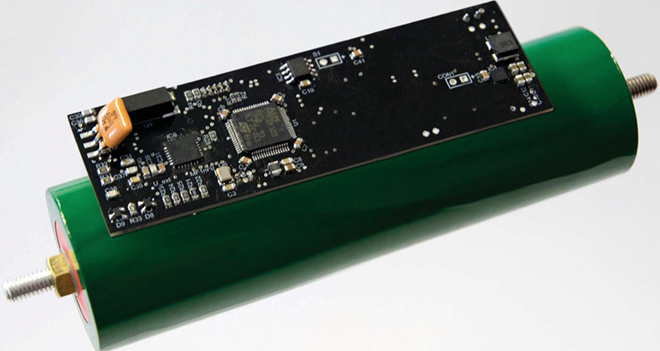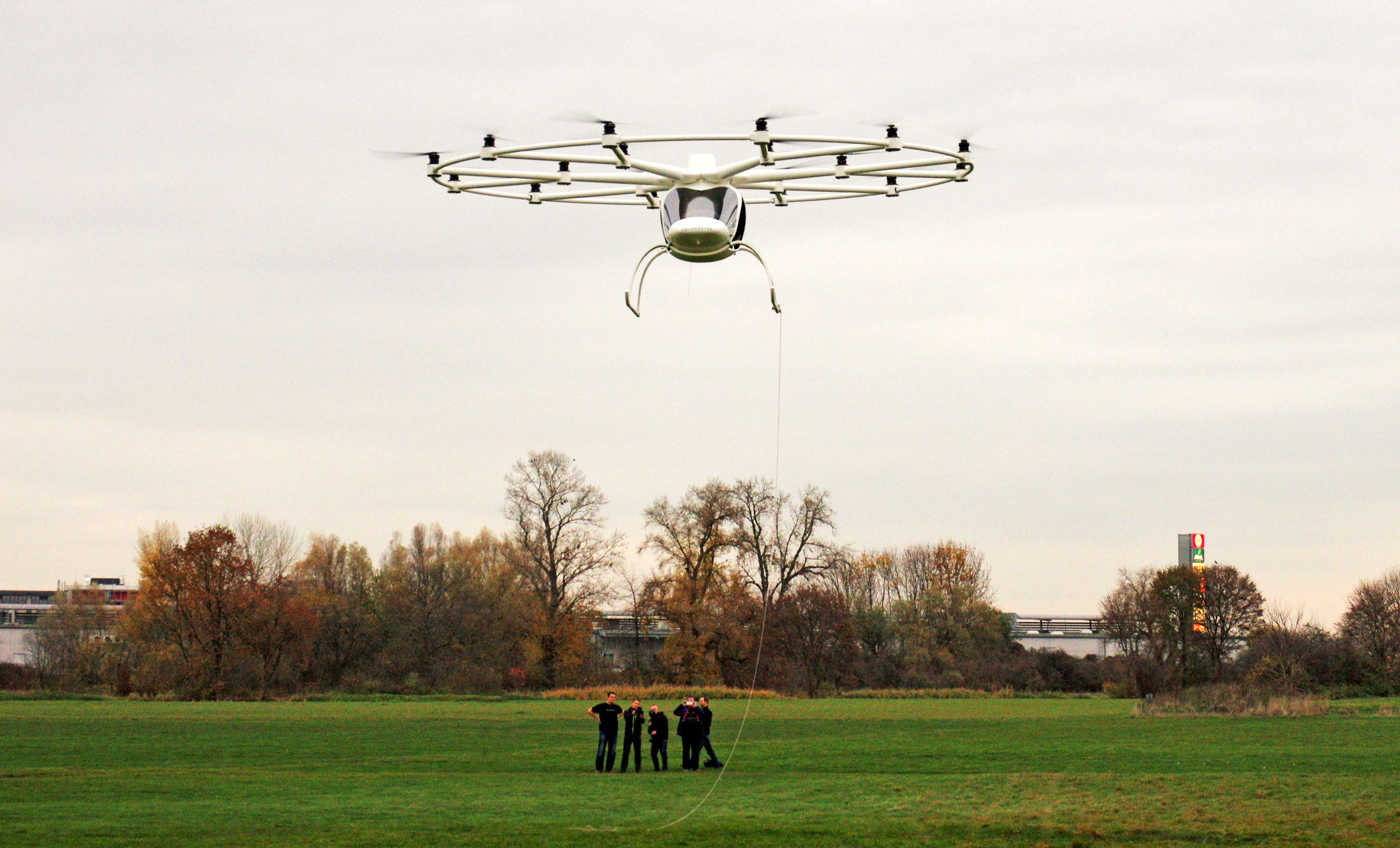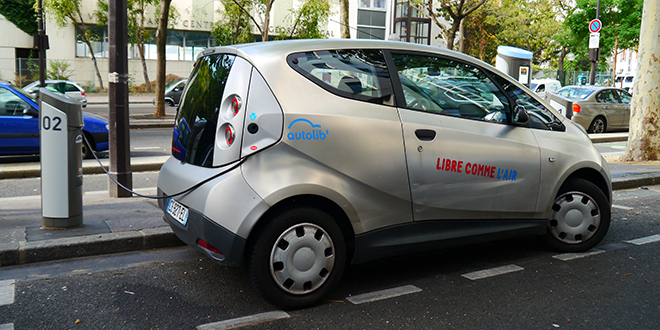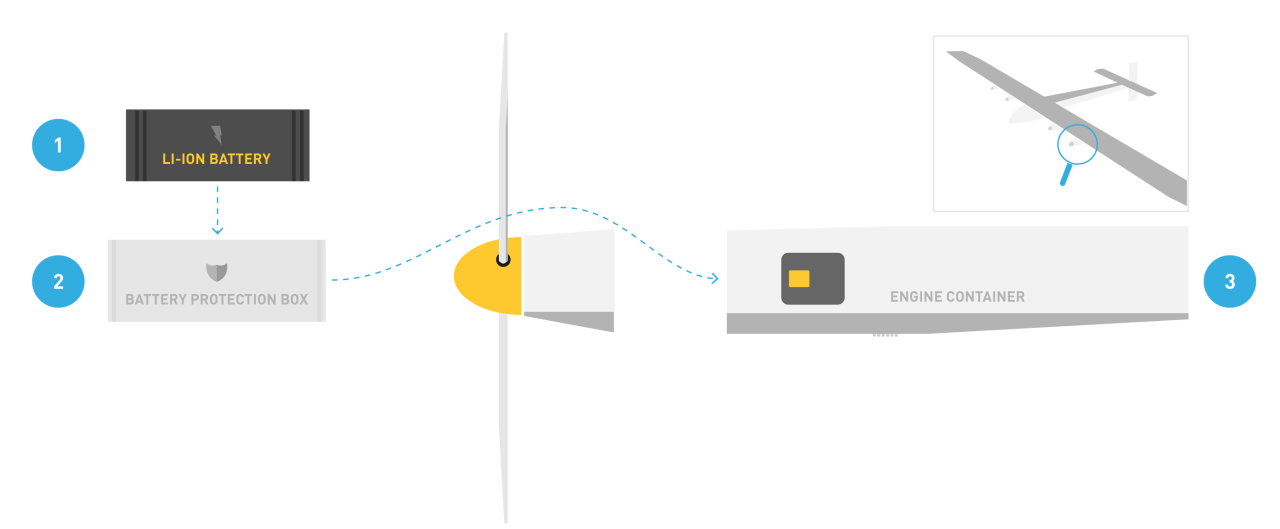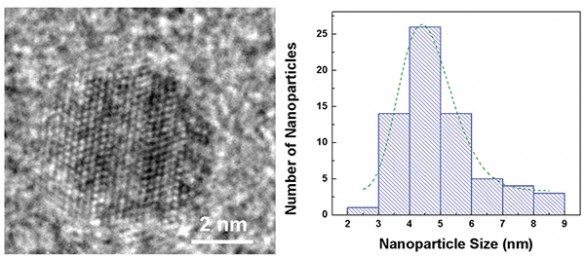NASA’s Glenn Research Center reviews the prevalence of fossil fuels in keeping us flying for over a century. “Since the beginning, commercial planes have been powered by carbon-based fuels such as gasoline or kerosene. While these provide the energy to lift large commercial jets into the world’s airspace, electric power is now seen as a new frontier for providing thrust and power for flight.” Noting the use of hybrid and turboelectric power used to increase efficiency in cars, boats and trains, NASA has set a goal “to help the aircraft industry shift from relying solely on gas turbines to using hybrid electric and turboelectric propulsion in order to reduce energy consumption, emissions and noise.” This would require a large shift in propulsion and overall aircraft design and Jim Heidmann, manager for NASA’s Advanced Air Transport Technology project reflects on those changes. “Moving toward alternative systems requires creating new aircraft designs as well as propulsion systems that integrate battery technologies and …
Rumpled Cathodes Benefit Lithium Sulfur Batteries
We like to think of things inside batteries as neatly organized, but Pennsylvania State University researchers may have come up with a less tidy way of making cathodes. Researchers synthesized “highly crumpled” nitrogen-doped graphene (NG) sheets with “ultrahigh pore volume” and large surface area (1,158 square meters– 12,465 square feet or about one-third the area of a football field) per gram. This large area and high porosity “enable strong polysulfide adsorption and high sulfur content for use as a cathode material in Li-sulfur batteries.” Interwoven rather than stacked, the wrinkled material provides ample room for “nitrogen-containing active sites.” The batteries, according to the researchers, “achieved” a high capacity of 1,226 milliamp-hours per gram and 75-percent capacity retention after 300 cycles. This demonstrated capacity and longevity is something other experimenters with lithium sulfur batteries have tried unsuccessfully to achieve. Green Car Reports quotes Jiangxuan Song, one of the researchers on the techniques used. “Lithium–sulfur battery cells using these wrinkled graphene sheets …
Deformable Flexible and Conductive – A Great Solid Electrolyte
Reporting on a new material that doesn’t seem real, a joint research team from Ulsan National Institute of Science and Technology (UNIST) and Seoul National University in Korea says it has developed a “highly-conductive, highly deformable, and dry-air-stable glass electrolyte for solid-state lithium-ion batteries. If those characteristics seem mutually exclusive, the electrical performance helps dispel skepticism. Assisted by colleagues at Lawrence Berkeley National Lab and Brookhaven National Lab, the researchers prepared the electrolyte using a “homogenous methanol solution,” and wetting exposed surfaces of the electrode active materials with the solidified electrolyte. Eureka Alert! quotes Professor Yoon Seok Jung (UNIST, School of Energy and Chemical Engineering) , “The research team also developed a material for the solid electrolyte by adding the iodized lithium (LiI) to the methanol liquid which is the compound (Li4SnS4) based on tin (Sn). The compound’s ionic conductivity was originally low, but it got increased by getting mixed with LiI. Consequently, by combining two materials together, it became possible to …
Pollutants into Clean Energy: Batteries into Solar Cells
Editor’s Note: We will tackle some larger contexts for the blog, including not only the aeronautical uses of clean energy but the social, environmental and even economic implications of sustainable aviation. This item appeals because it demonstrates the possibility of transforming materials otherwise hard to live with into products that enhance life and even give some hope for budget solar cells. Angela Belcher has made battteries from viruses and works with biological solutions to energy production. In this instance, she and her colleagues have shown a path to a sunnier future for all. Her work combining quantum physics and biology in the example below highlights the potential in a true paradigm shift. Another, less exotic but no less exciting instance shows the broad-ranging and inventive minds at work in Dr. Belcher’s laboratory. In use since the Victorian Age, lead-acid batteries are among the most common energy storage devices, even after decades of being challenged by newer technologies. Almost every car has …
A Solar-Algae Hybrid for an Atlantic Crossing
Henri Mignet was never quite able to master an airplane with three-axis controls, and built at least seven flawed attempts at simplified controlled flight. His seminal try, the HM-8 Pou de Ciel (literally, Louse of the Sky, or more familiarly, Flying Flea) became first a matter of celebration for amateur aviators and then a cause of scandal, being banned in Britain following a series of fatal crashes. The “formula”, as proponents called Mignet’s tandem wing configuration, was sorted out after wind tunnel tests in England and America uncovered the flaw that caused the craft to pitch down in an unrecoverable dive. (For a well-illustrated history of Mignet’s design, see Henri Mignet and his Flying Fleas by Ken Ellis and Geoff Jones. Although out of print, used copies are available at Alibris and Abe Books, at higher prices than your editor paid for his new copy 25 years ago.) Later models of the formula have proven to be safe, stable fliers, …
Smarter Battery Controls Itself
Fraunhofer Institute for Manufacturing Engineering and Automation IPA in Stuttgart is part of a consortium dedicated to simplifying and integrating components to enhance electric car efficiency. 3Ccar, a European collaborative project, gets its funding from the ECSEL, the Electronic Components and Systems for European Leadership Joint Undertaking. 3Ccar’s goal is to develop “Integrated Components for ComplexityControl in affordable electrified cars,” giving them a noble purpose and convoluted abbreviation. Fraunhofer’s mission in the consortium, to provide smart battery cells, looks to be well in hand with the recent announcement of battery cells that contain a “built-in microcontroller that records relevant physical parameters, such as the temperature and the state of charge of the cell—i.e., each cell knows its own condition. The cells communicate via the existing power wiring between battery cells; they can also communicate with other devices, such as the on-board controller, which uses the data from the cells to calculate the state of charge.” According to the Institute, having a controller …
The Proof is in the Piloting
Helicopter flying has been compared to patting your stomach while rubbing your head, something few manage well, if at all. Imagine trying to not only keep the rudder pedals, cyclic and collective under control but also fiddling with 18 throttles. Even a conventional helicopter is a handful with one engine or motor. Maintaining level flight with multiple lifting points at different points around the central fuselage would add to that level of difficulty beyond most people’s mental processing levels. Luckily, someone at Volocopter has worked out a very clever and quick-witted set of algorithms to take the stress out of that high-risk conundrum, as proven by company CEO Alex Zosel’s recent flight – single-handed and even briefly hands-off. Heike Blödorn, the firm’s public relations spokesperson, writes, “Alex Zosel is thrilled after his first flight and explained that ‘for years, we have claimed that the Volocopter is super easy to fly, now we’ve proven it in a very impressive way. I …
ORNL and Solid Power Sign Lithium-Sulfur Agreement
Solid-state batteries are becoming the next big thing in energy storage, with the promise of low volatility, high energy density and lower-cost manufacturing. With academia, industry and government collaborating on the next wave of development, we may see progress in this realm. Recently, the Department of Energy’s Oak Ridge National Laboratory and Solid Power Inc. of Louisville, Colo., signed an exclusive agreement licensing lithium-sulfur materials for next-generation batteries. A team of current and former ORNL researchers including Chengdu Liang, Nancy Dudney, Adam Rondinone, Jong Keum, Jane Howe, Wujun Fu, Ezhiylmurugan Rangasamy, Zhan Lin and Zengcai Liu developed the technology. This included designing and testing an all-solid lithium-sulfur battery “with approximately four times the energy density of conventional lithium-ion technologies.” It featured a “new Oak Ridge-designed sulfur-rich cathode and a lithium anode with a solid electrolyte material, also developed at ORNL.” Oak Ridge has also licensed a method of forming lithium-containing electrolytes using wet chemical synthesis, which may comprise β-Li3PS4 or Li4P2S7. Reportedly, Solid …
Solar Impulse Down, But Not Out
Following its cliff-hangar five-day flight from Nagoya, Japan to Kalaeloa Airport, Hawaii, Solar Impulse is undergoing an extended period of tender loving care, dedicated rebuilding of its battery packs and insightful reflection on how to avoid future issues. Landing July 3, 2015, Pilot André Borschberg broke the world records for distance along a course (6,825.4 kilometers – 4,231.5 miles), Straight distance, and Duration for solar aviation, as well as the world record for the longest solo flight ever (80 hours and 5,663 km. – 3,511 miles), according to the Solar Impulse web site. If all had gone according to plan, Bertrand Piccard would have hopped on board a few days later and headed for the United States on the second leg of the trans-pacific part of the the team’s around-the-world voyage. Unfortunately, the rigors of a test flight over Nagoya, followed by a climb to 28,000 feet too soon after that test flight, seems to have doomed at least some of the batteries. …
Researchers Strike Battery Fools Gold on Two Continents
Better, Cheaper, Faster. That was the mantra when your editor worked in the semiconductor manufacturing world. Designs, processes and materials were all recalibrated constantly to enable the march toward those three goals. And to some extent, constant repetition helped us achieve the ideal of Moore’s Law, the dictum that computer chips would double the number of transistors they contained every two years. Transistor density in computer chips determines the level of performance they can achieve, and this doubling has yet to reach its end. Unfortunately, batteries haven’t doubled in performance every two years, but seem to follow an annual five-to-eight-percent increase in energy density. This would mean, at best, that energy densities would double every nine years. The Tesla Forum notes this progress would not be continuous, but introduced in steps. Without either party sharing much information on the energy densities of their experimental cells, researchers in America and Switzerland find the “super environmentally friendly” nature of fool’s gold in batteries …

